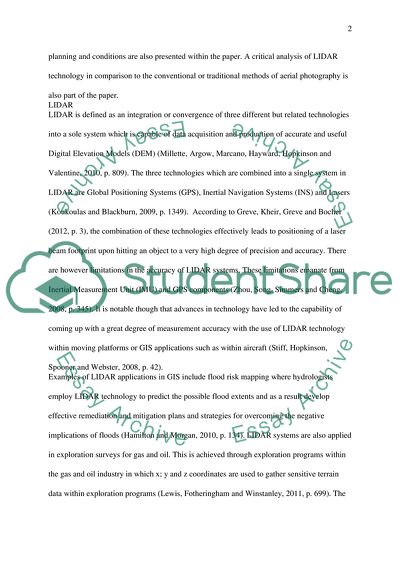Cite this document
(The Benefits of Using LIDAR Technology in GIS as a Justification for Research Paper, n.d.)
The Benefits of Using LIDAR Technology in GIS as a Justification for Research Paper. Retrieved from https://studentshare.org/technology/1792048-lidar
The Benefits of Using LIDAR Technology in GIS as a Justification for Research Paper. Retrieved from https://studentshare.org/technology/1792048-lidar
(The Benefits of Using LIDAR Technology in GIS As a Justification for Research Paper)
The Benefits of Using LIDAR Technology in GIS As a Justification for Research Paper. https://studentshare.org/technology/1792048-lidar.
The Benefits of Using LIDAR Technology in GIS As a Justification for Research Paper. https://studentshare.org/technology/1792048-lidar.
“The Benefits of Using LIDAR Technology in GIS As a Justification for Research Paper”, n.d. https://studentshare.org/technology/1792048-lidar.


